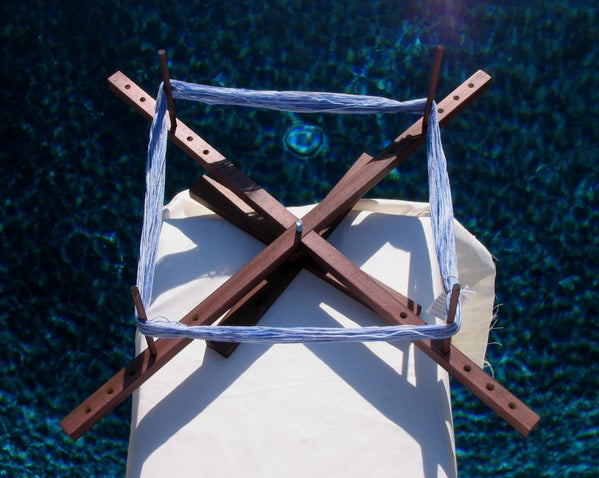
Autumn Copper Canyon Batik Quilt.
I finished up this quilt this weekend. Yeah -- Another finish!
The pattern is my go-to jelly roll quilt: Fuzzy Logic Quilt Pattern from Brenda Henning's Strip Therapy Booklet. It comes together relatively quickly and the variety you get in a jelly roll gives it a scrappy yet unified look.
My husband says it's no wonder I like this quilt pattern because it looks like a basket weave pattern [My other love!]
I've even started quilting these with a standard 2-inch diagonal grid done with the walking foot on my domestic home sewing machine. Yes-- I do it myself. See the photo above for my setup -- I have clamps hanging on bunge cords that pick up some of the slack and make it easier to handle. It takes about 5 hours to cover the whole quilt at that stage, and another 2 hours for the binding. I was not keeping track of time in the earlier stages ...
Colorful batiks set off with the purple sashing and the rusty border.
Once the quilting is done, it's time to trim off the excess batting and backing, square it up, and then add the binding. The photo above shows my method for taming the binding as it unreels. This small crate acts kind of like a yarn bowl. I feed the leading end through one of the handle holes. The crate keeps it from flopping around or getting tangled in the rest of the quilt, or rolling off ... Works great! Here I am sewing the binding to the back of the quilt. It will be turned to the front in Step 2.
Step 2: the double fold binding is folded to the front side where it is clipped until sewn down.
Last year, I discovered these handy clips when I was making some bags. These are great for bulkier places where pins would have a harder time. They work great for quilt bindings too!
This is the stitch I use on the front side to attach the binding. One of those utility stitches along the edge, but every few stitches, it takes a bite into the binding.
And the label. I've started to standardize on that too. I make a tube, turn it inside out. Then fold down the corners at 45-degree angles and tick them inside for a finished edge. I insert a piece of freezer paper and press -- This acts as a stabilizer so I can write on the fabric. Remember to remove the freezer paper, and pin it into a corner on the backside, and stitch it down along the 2 corners. And that's it -- a no fuss quilt label! The idea is that you can lift the corner and see the label.
As the label notes, the batting is Hobbs wool -- I think this might even be the Tuscany wool because it's a bit puffier than the regular Hobbs wool batting. This wider shot of the back shows a pleasing puff to the batt after it's been washed on delicate and dried on permanent press. Yess- with care, you can wash and dry this wool batting.
Here's a detail shot of the front showing some of the blocks and the puff of the quilting with that wool batting--and some of that luscious batik!
See the previous posts about this quilt (Yes, I changed the name sightly):




































